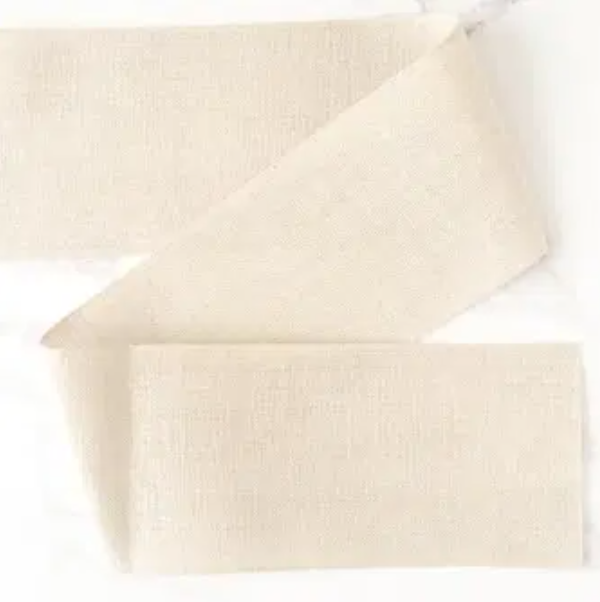As one of the most important times in the Christian calendar, Easter is a key teaching time for parents, as well as children’s and youth workers. A time to remember, be thankful, and to celebrate what Jesus has done for us all. But the big story of Easter can be difficult for some children and young people with additional/special needs or disabilities to understand. In these difficult times when it’s hard to meet, how do we help everyone to be able to engage with Jesus’ sacrificial death on Good Friday and His life-giving resurrection on Easter Sunday?
We’re going to look at some sensory ideas that we can use that will help us to tell the Easter story, but will also give us ways to help children and young people with additional needs access other complex themes we might want to engage them with throughout the year.
Children learn best when their senses are engaged. Whether through things for them to touch and feel, look at, listen to, taste, or smell. So how can we engage children’s senses to help them understand the Easter story better?
You could use some large nails, 6-inch or 9-inch ones if you can find them, as well as a piece of rough wood for children or young people to touch and feel as you tell them the Good Friday story. If appropriate for your children, you could hammer the nails into the wood as you talk, the sound of the nails being struck providing another strong sensory input. Be aware that loud noise can be painful for some children, so ear defenders may be helpful. Obviously, depending on the children you are working with, make this activity age-appropriate as you tell the story of what happened to Jesus on Good Friday.
Photo credit, all photos in post: Mark Arnold
If you have them, use some essential oils or dried spices for the children to smell, to represent the spices that were used as Jesus’ body was wrapped in linen. Get some strips of white linen or cotton, the children can feel these and wrap them around their hands, arms or legs too.
If possible, get some large pebbles or 'cobble' stones and put them in the freezer so that they are very cold to touch. They could help represent how cold the tomb was where Jesus’ body was laid. Maybe the children could each have one or two cold cobble stones, and then be helped to bring them together to build a tomb, with one of the stones closed over the doorway.
It was dark when the women and then the disciples found the empty tomb, so dim the lights to represent this. If you built the tomb from the cobble stones earlier, remove the stone over the doorway and place a tea light or small candle inside to light it up. Have a bright light from a flashlight to represent the sunrise on Easter Sunday, and some scented flowers for the children to smell, to represent the garden where Jesus appeared to Mary Magdalene.
Ask the children what is the happiest news that they have ever heard, and encourage them to tell these stories to each other, just as Mary Magdalene, Peter and John shared their exciting news with the other disciples and followers. You might let them have some chocolate or other sweets to taste to together celebrate the good news that Jesus is alive!
By telling the story in different sensory ways, the story will become more accessible to children and young people, building their understanding with each stage.
Many children with additional needs use symbols to support speech, to help them better understand what is happening. You can download a free set of Makaton Easter symbols, including symbols for Easter, chocolate, church, flower, Friday, Jesus and Sunday to help with communication.
These downloaded symbols can be used to create a visual plan or timetable for the session that the children will follow, that will help them understand what is happening now and next, as well as some of the key themes being taught. Another really useful set of free Makaton symbols that are worth downloading for Easter is (and please trust me on this) the ‘Bereavement’ pack, as this includes many church related symbols.
Whether we are preparing something at home, planning an online teaching session, or even an in-church session, if we can think about our Easter teaching in ways that use as many of the senses as possible, and support our teaching with appropriate symbols, it will help everyone to learn, and also bring them into the story. We can help every child, including children with additional needs or disabilities, to understand and respond to this most wonderful and life transforming message. And we can use these ideas to help us to do similar sensory teaching every other week of the year too!
Peace,
Mark
Mark Arnold is the Additional Needs Ministry Director for Urban Saints Church, Luton, Bedfordshire, UK. Follow his writing at https://theadditionalneedsblogfather.com.








